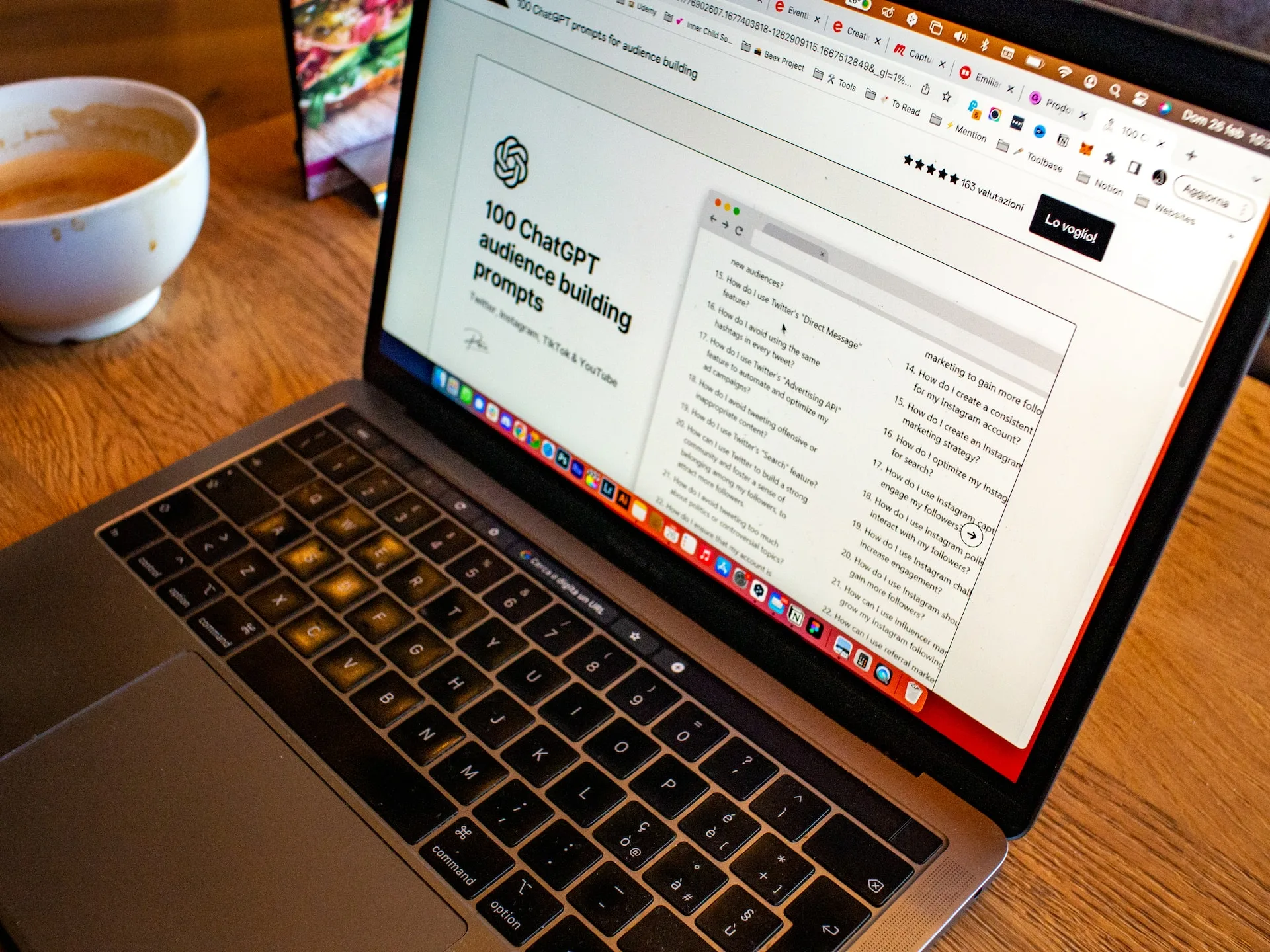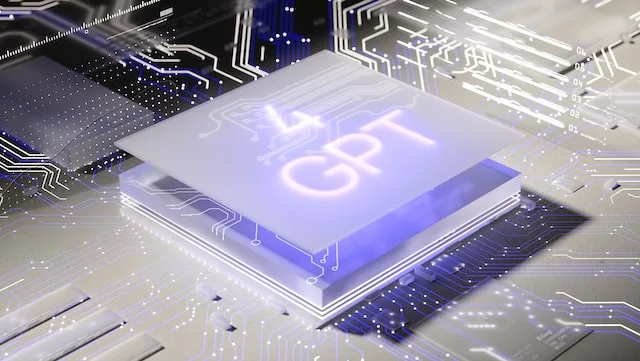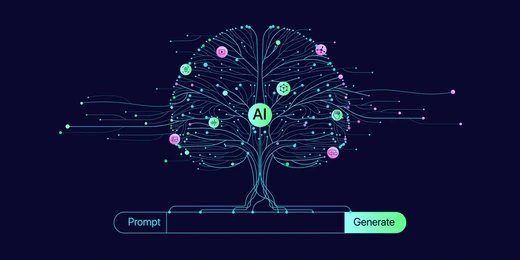
GPT-4: The Next Leap in Language Technology
OpenAI’s latest model, GPT-4, has arrived, bringing significant enhancements to natural language generation and understanding.
Understanding GPT
GPT, which stands for Generative Pre-trained Transformer, is a cutting-edge neural network machine learning model. It harnesses the power of the internet to generate text across a wide range of topics. This advanced neural network is the driving force behind large language models (LLMs), enabling them to simulate human communication.
The model’s ability to comprehend language goes beyond individual words; it learns the context and meaning within sentences. GPT is exclusively text-focused, utilizing artificial intelligence to understand user queries and generate contextually relevant responses. Its remarkable conversational capabilities, contextual insights, and multifaceted utility have taken the AI world by storm.
A Glimpse of GPT-3
Before we dive into GPT-4, let’s briefly revisit its predecessor, GPT-3. GPT-3 is an autoregressive language model that predicts the next token in a sequence. It requires an initial prompt and continues generating text accordingly. OpenAI employs Reinforcement Learning with Human Feedback (RLHF) to improve conversational interactions with users. With a staggering 175-billion-parameter capacity, GPT-3 has found applications in text summarization, content creation, code generation, and even the creation of comics and poems.
What Can ChatGPT-4 Achieve?

The anticipation surrounding GPT-4 was met with excitement when Microsoft Germany’s CTO, Andreas Braun, hinted at its arrival. OpenAI confirmed the launch on March 14, 2023. So, what can we expect from this new iteration? GPT-4 represents OpenAI’s latest technological marvel, offering safer and more valuable responses to user inquiries.
According to Greg Brockman, President and Co-Founder of OpenAI, GPT-4 has been in development since the company’s inception, with the last two years dedicated to perfecting the technology. This involved a complete overhaul of the training process to explore the model’s full potential.
ChatGPT-4 is a multimodal model, meaning it can process various data types, including text, images, speech, and numerical data. It deploys multiple intelligence processing algorithms, breaking free from its previous limitation as a purely text-based model.
ChatGPT-4’s Functionalities
Setting ChatGPT-4’s Role
To harness ChatGPT-4’s capabilities, look to the left-hand side for the ‘System’ section. Here, you can instruct the assistant according to your specific requirements, ensuring precise output.
For example:
- ‘You are ChatGPT, a large language model. Follow the users’ instructions carefully.’
- ‘You are an AI programming assistant. Follow the users’ requirements carefully. Describe each step you took in detail. Output the code in a single code block.’
Let’s explore what you can achieve with existing content.
Leveraging Existing Content
ChatGPT-4 excels in several areas when working with existing content or articles.
Summarizing with Specifics
GPT-4 can fulfill specific requests by providing clear instructions. For instance, you can ask it to ‘Summarize the article into a sentence where every word begins with ‘G” – a task GPT-3.5 would struggle with but GPT-4 handles adeptly.
Combining Ideas
You can creatively combine ideas from different articles using GPT-4. Simply copy and paste the articles and ask ChatGPT-4 to find common themes between them. If the output falls short of your expectations, providing feedback helps improve its responses.
Generating and Building
ChatGPT-4 extends its capabilities to building things. Provide it with a prompt, and if you specify the role of an AI programming assistant, it will generate code or solutions tailored to your needs. You can test the code generated and iteratively improve it with the assistant’s help.
Mathematical Calculations
Solving complex mathematical problems, such as taxes, becomes easier with ChatGPT-4. Assigning the system as a TaxGPT, and providing context about the problem, allows the assistant to perform calculations without relying on external tools.
Visuals
While the image feature isn’t yet publicly available, OpenAI is actively working to optimize it. Soon, you’ll be able to input images and ask ChatGPT-4 questions about them.
Handwriting
ChatGPT-4 can also decipher handwritten text, making it useful for converting handwritten notes or doctor’s prescriptions into digital text.
Utilizing Content After September 2021
Although ChatGPT’s knowledge is limited to information up to September 2021, you can provide articles or information as prompts to help the assistant generate accurate responses by using that material as a reference.
Providing Feedback via Evals
If you want to contribute to ChatGPT’s development, you can provide feedback and opinions through Evals, an evaluation framework for OpenAI models. Evals help assess the model’s performance, compare it across different datasets, and guide OpenAI’s continuous improvement efforts.
Conclusion
The journey from ChatGPT-3.5 to ChatGPT-4 has brought remarkable advancements in language technology. As users continue to explore its capabilities, it’s a thrilling time to witness what ChatGPT-4 can achieve. If you’ve had the opportunity to interact with it, we’d love to hear about your experiences in the comments below.














